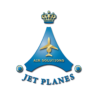Chichen Itza Airport
Located in the heart of the Mayan jungle in the municipality of Kaua, Yucatán, just 17 kilometers from the archaeological zone, Chichen Itza International Airport offers quick and smooth access to one of the Seven Wonders of the World: the Pyramid of Kukulkan. It features a single terminal that serves commercial flights, charter flights, cargo, private, and training flights, with a capacity to handle up to 500,000 passengers annually.
The airport was built in the year 2000, replacing the old Chichen Itza airstrip, which is now out of service. Despite its low traffic volume, it has gradually strengthened its presence over time.
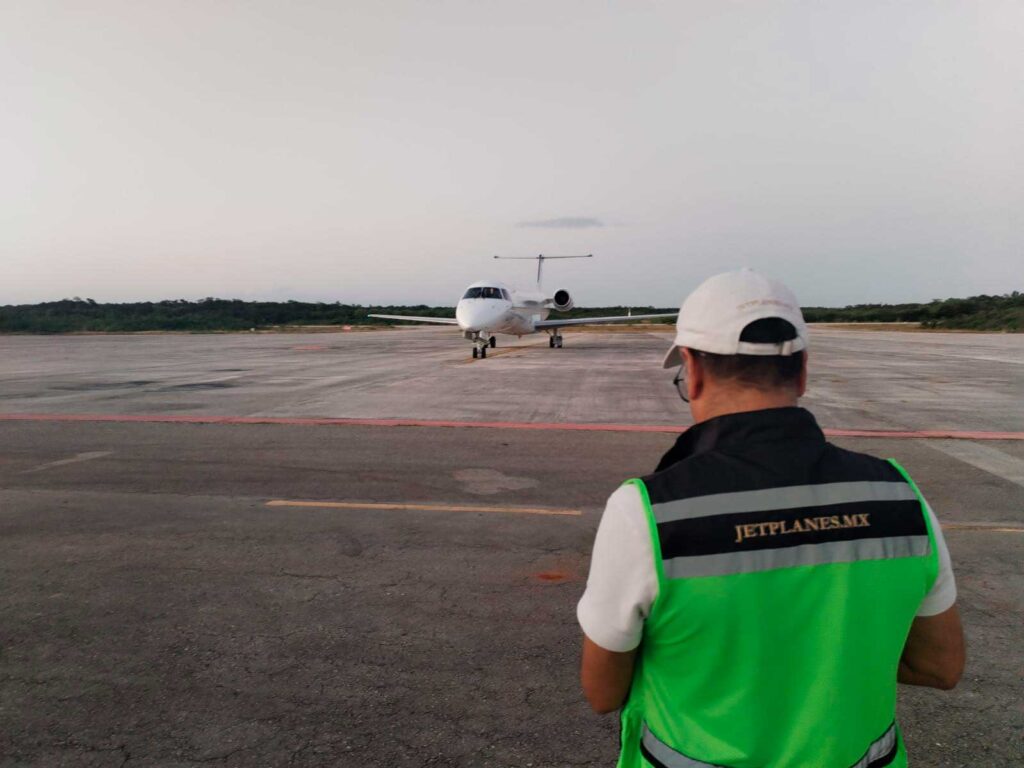
Airport Data
IATA code: CZA
ICAO code: MMCT
Runway: 10-28
Latitude: 20°38’29″N
Longitude: 88°26’46″W
Elevation: 102 ft
Operating Hours: 08:00 to 15:00 local time (LCL)
Airport Category: D4
What other tourist attractions can be found around the airport?
Upon arriving at Chichen Itza Airport, you’ll find nearby attractions such as the city of Valladolid and the Ek Balam archaeological site.
Do you know the largest aircraft that has landed here?
The largest aircraft to land here has been the Boeing 787, known for its impressive wingspan.
Runway and Ramp
Chichen Itza Airport features a 2,800-meter (9,186-foot) runway made of hydraulic concrete, suitable for accommodating everything from small training aircraft to large wide-body planes. The runway is designated as 10-28 and is equipped with edge lights along its entire length. Taxiways Alpha and Bravo connect the runway to the apron.
The apron can handle up to three commercial aircraft, ranging from Boeing 737s to Airbus 340s, or alternatively, up to 16 private planes.
The airport is a controlled aerodrome with an operational control tower providing air traffic services through SENEAM on frequency 118.9 MHz. However, it does not have an ILS system, so approaches to this airport are non-precision.
Aircraft Rescue and Firefighting Service (ARFF) at the airport is prepared to handle any emergencies, holding a category 6 certification.

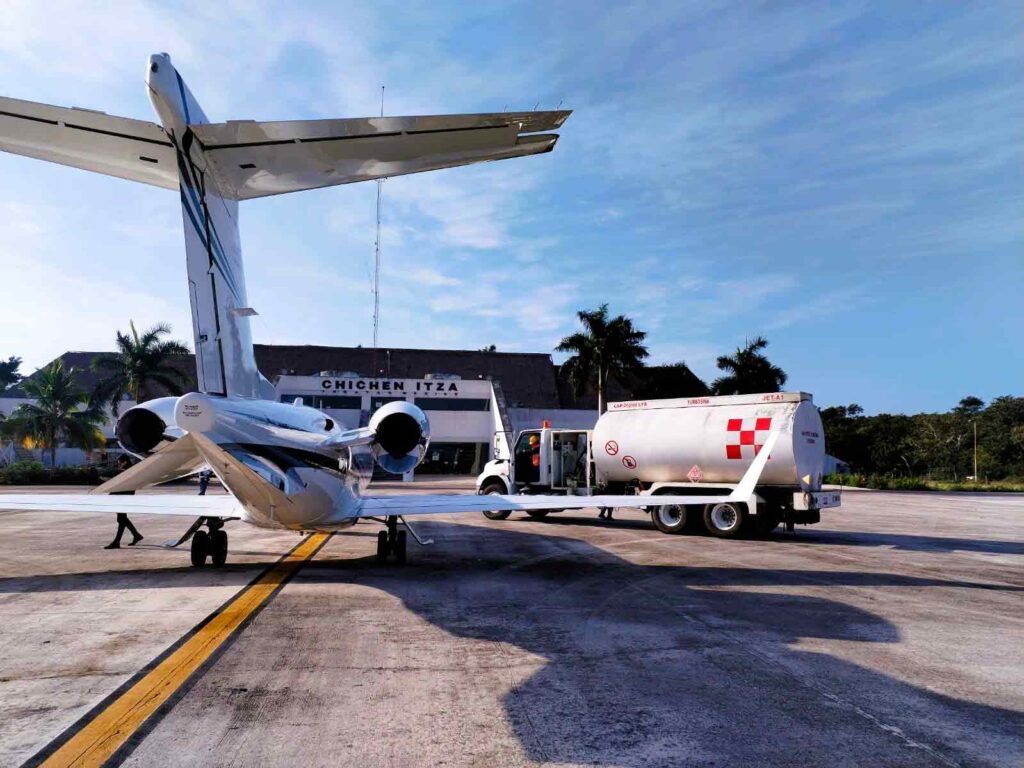
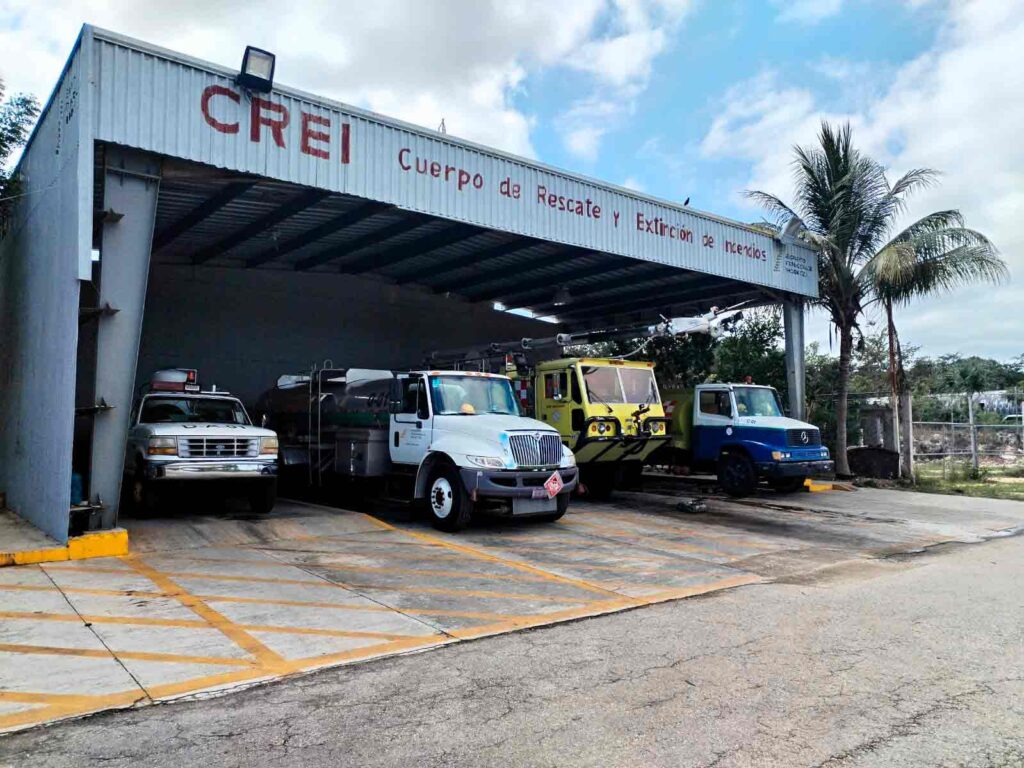
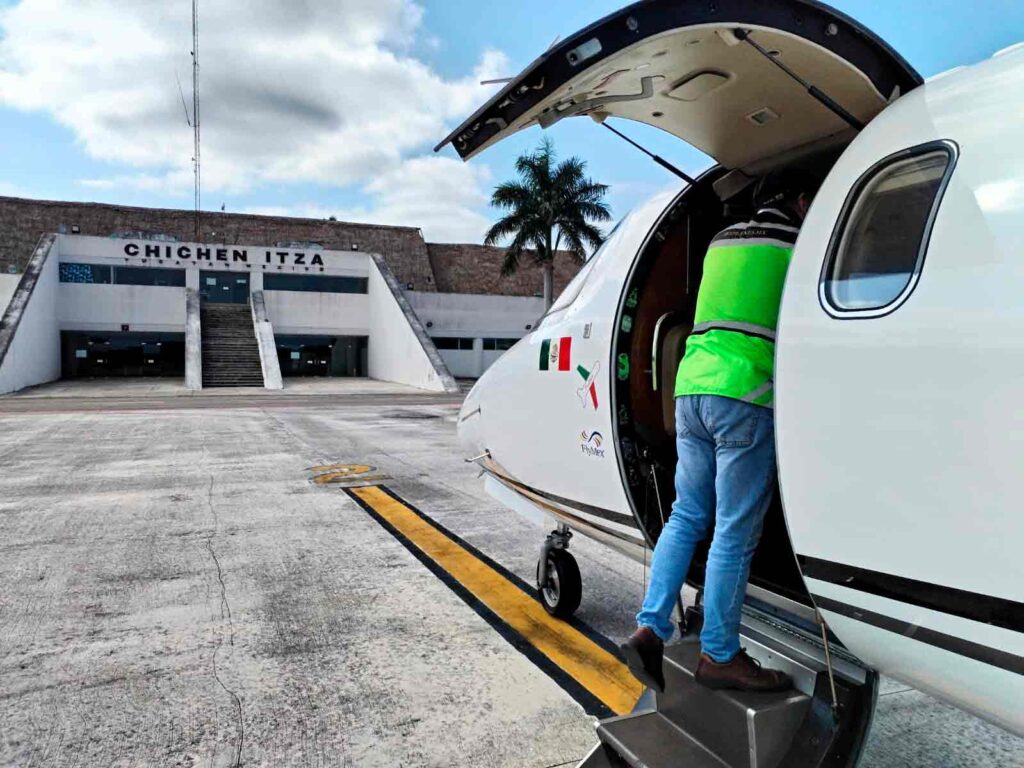
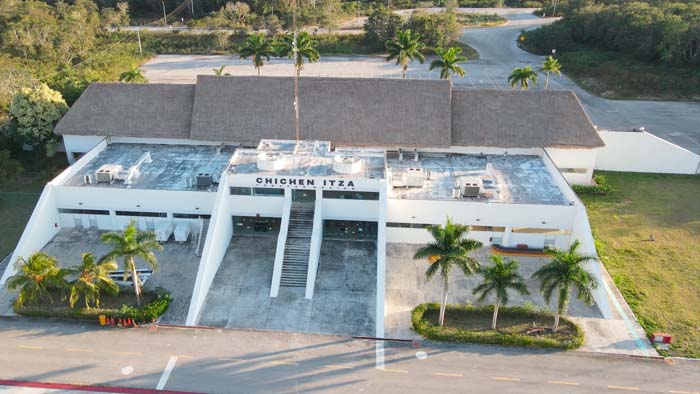
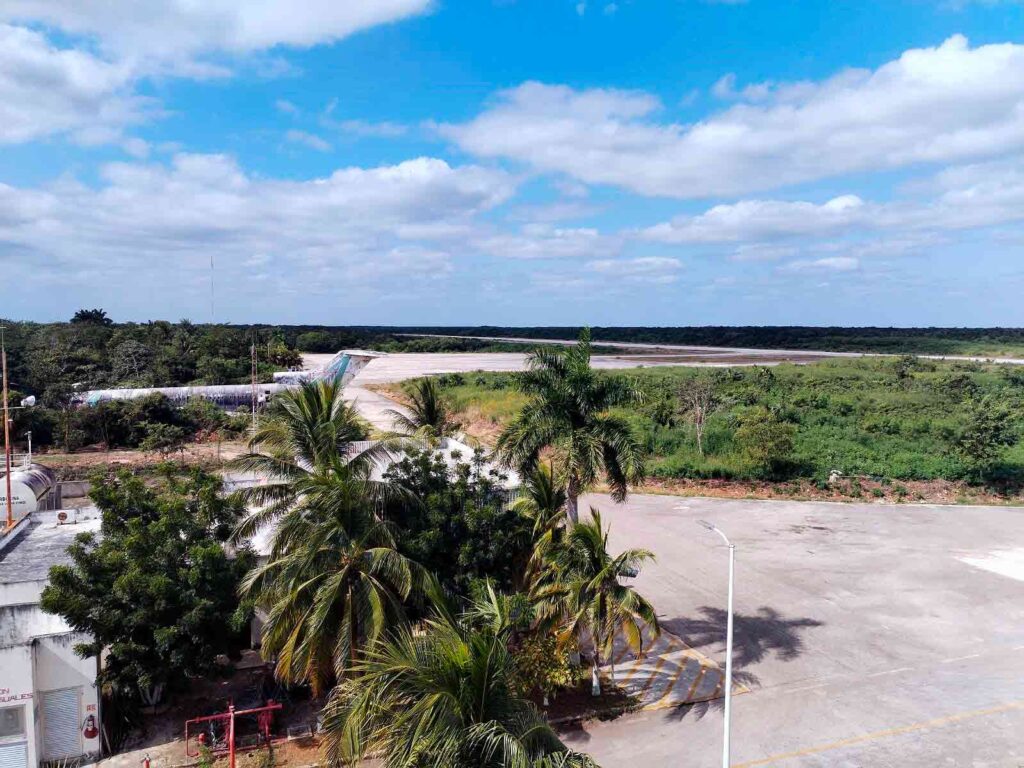
Terminal Building
The terminal building offers a shared waiting area for both crew and passengers with views of the apron, as well as a VIP lounge for travelers seeking more privacy.
There are two separate halls, one for arrivals and another for departures, both equipped with counters, seating, and customs and immigration modules to handle international operations. Outside the terminal, there is a commercial area designed for businesses, although the current low passenger traffic means these spaces are currently unoccupied.
The airport also has parking for 120 cars and 16 buses, ensuring easy transportation to nearby areas of interest.
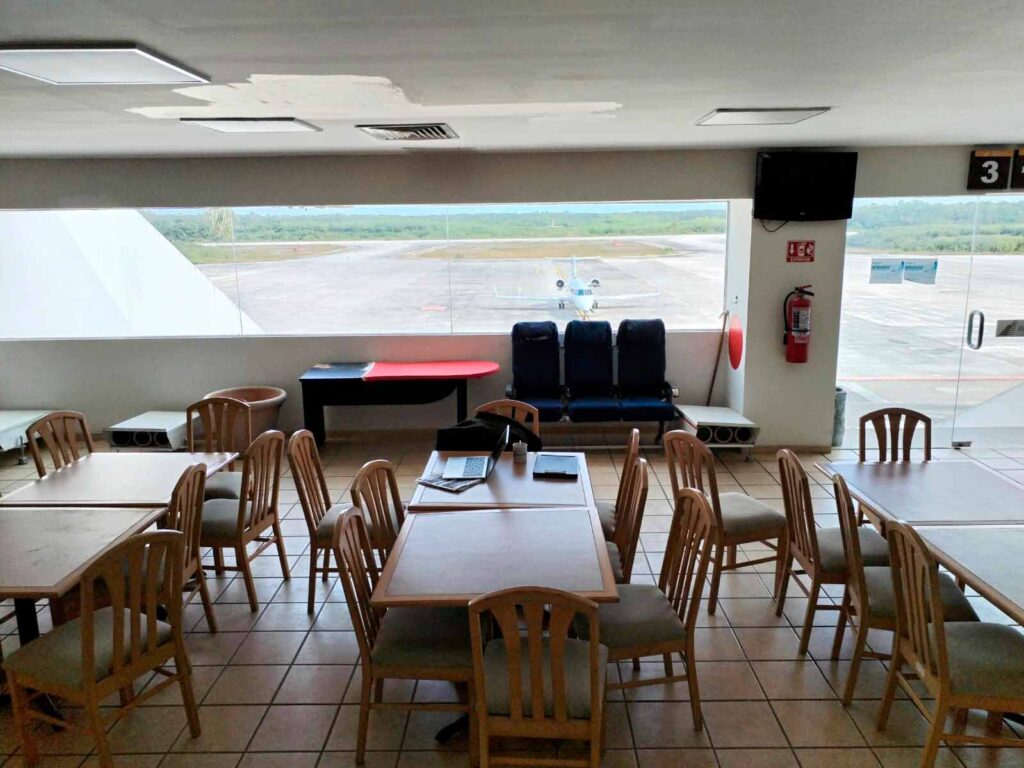
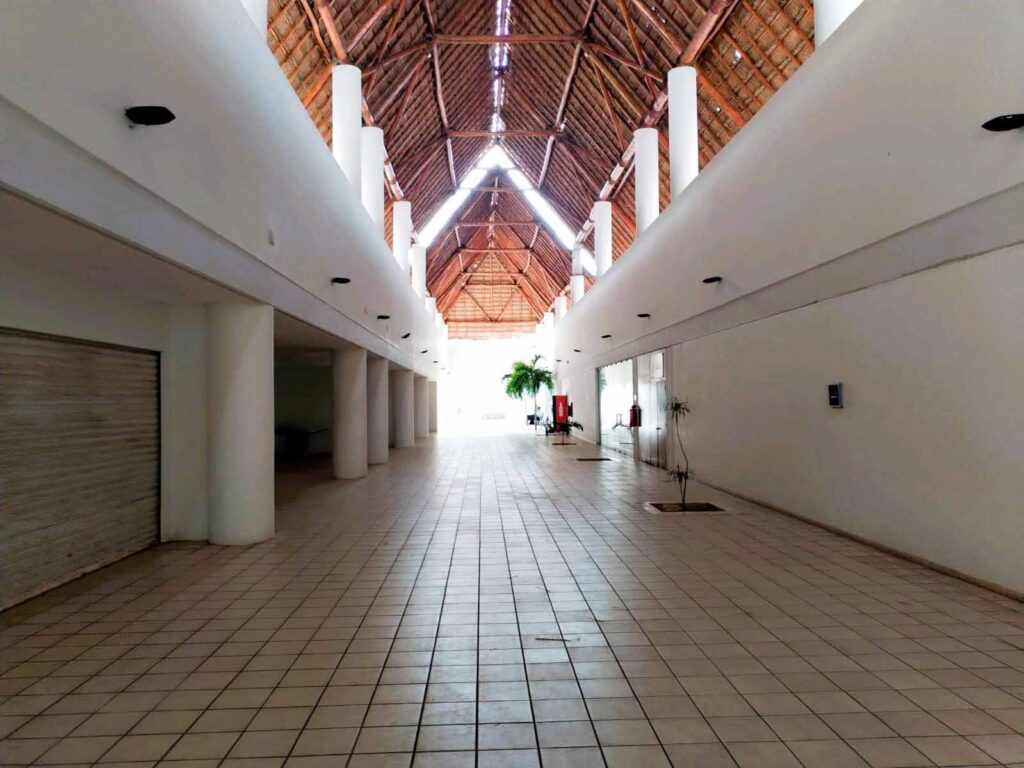
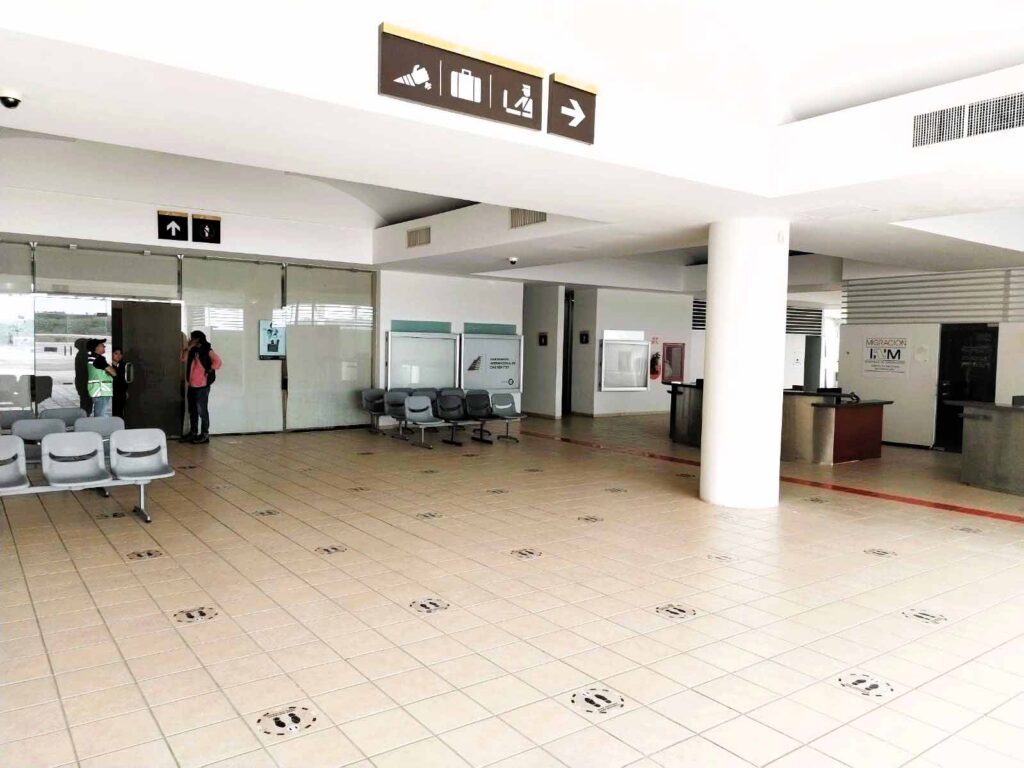
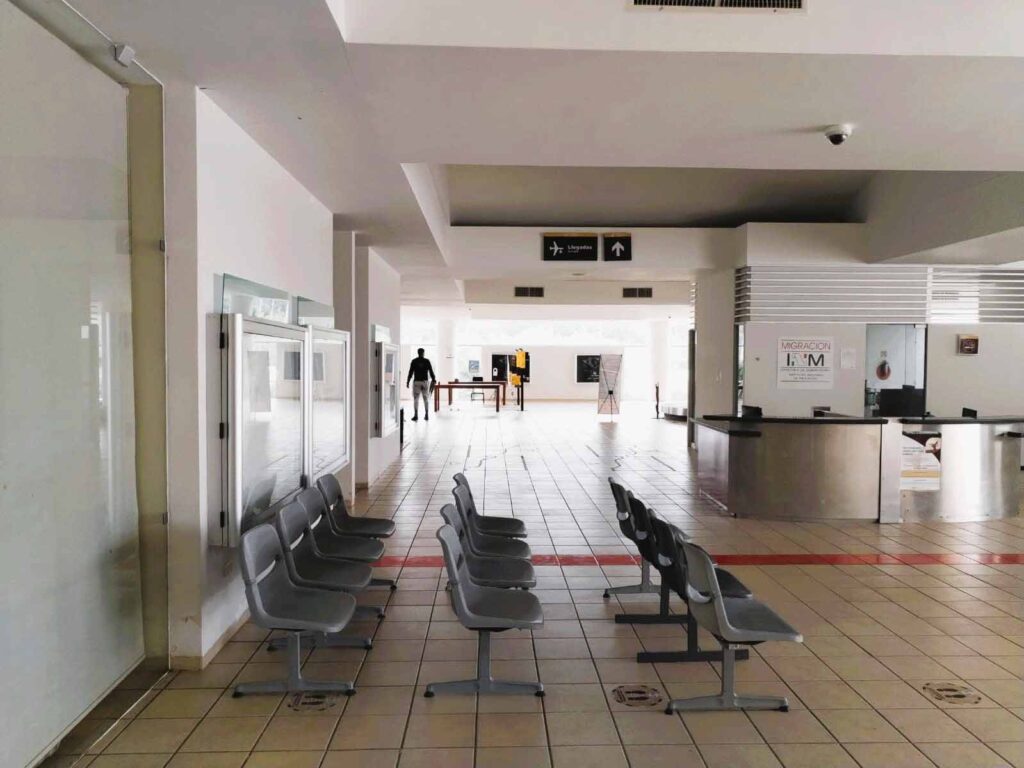
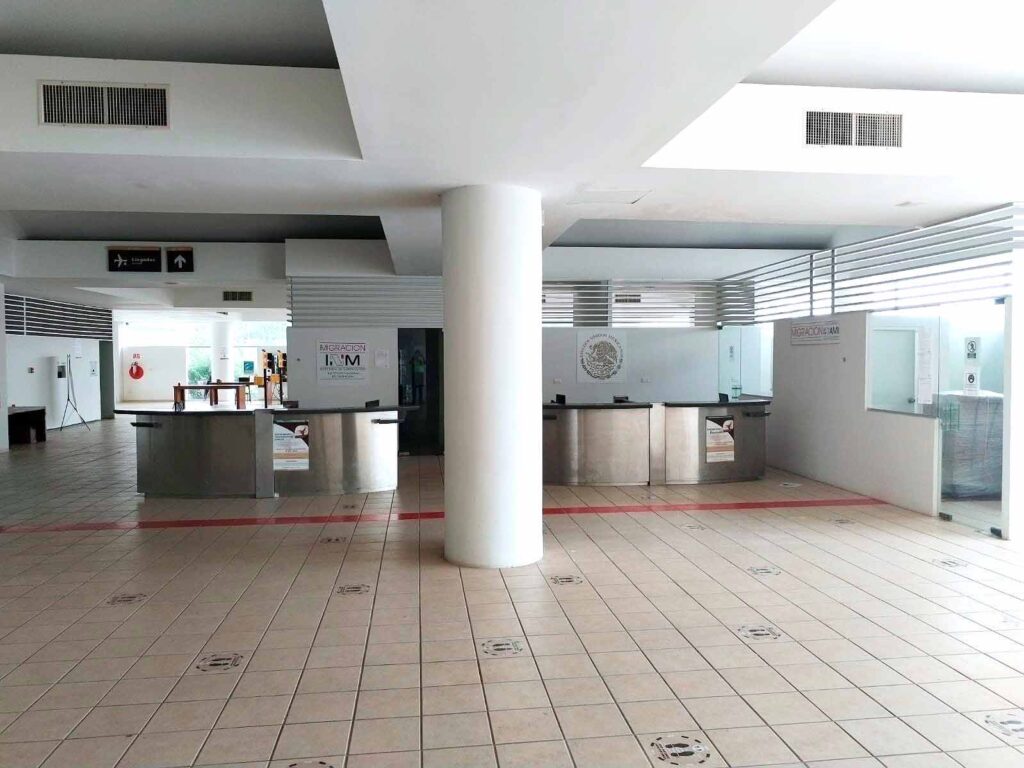

Considerations to keep in mind
- International Operations: Despite being an international airport, the low passenger traffic necessitates prior coordination for international arrivals and departures to ensure the availability of government services for required formalities.
- Dining Options: The airport does not have food services on-site, but nearby towns offer a variety of small restaurants and convenience stores.
- Fuel Availability: Jet-A and Avgas are available but limited. For larger refueling needs, advance requests are necessary.
- Ground Transportation: The airport does not host on-site ground transportation companies, so arrangements should be made in advance.
